If You Give a Mouse a Brownie by Laura Numeroff is a new book in her “If You Give a…” series. It is a great addition to any library and it is sure to be a hit with little learners. As a teacher, I love to turn a well written and illustrated book into inspiration for learning activities to hook my learners. Learners can easily practicing their skills in fun ways. Let’s check out my ideas for turning the book, If You Give a Mouse a Brownie, into learning fun!
If You Give a Mouse a Brownie
First, you need to start with the inspirational book. Because it was released in the fall of 2016, it is only available in hard back at this time. Here is a link on Amazon if you need it quickly or you can’t find it at your local store.
Once you read this story with your students, turn the events in the book into a fun sequencing activity.
Here are sequencing cards along with a cut and sort. I love to sequence using ordinal numbers, since ordering events to 10 is a math standard as well. Our reading standard for sequencing states we can use “prompting and support” so using the book or sequencing cards to get the order right is good. I can’t remember the order of all 10 things either! Using the cards and cut and sort together makes an excellent independent literacy station or word work activity.
If You Give a Mouse a Brownie Writing
Next, during our literacy time, we use the word wall and the variety of writing prompts to meet many learners needs with differentiation with If You Give a Mouse a Brownie. There are two Write Me Three prompts as well as two additional writing prompts. I mix and match these prompts for my learners. Since they all use the book and ideas from the book, different students can be working on different prompts while working at the same table. I also love doing this so each student has to use original thoughts.
ABC Ordering and Memory with If You Give a Mouse a Brownie
We also take the main items from the book and turn it into a memory game and ABC ordering activity. There is also a printable for this activity.
If You Give a Mouse a Brownie Reading Comprehension
My class LOVE LOVE LOVES these reading comprehension games. We use unifix cubes and a die to make this game come alive. It is pretty simple; answer the question about the book correctly and you get to roll the die and move around the board. If you don’t answer the question correctly you have to wait until your next turn. The first player who makes it until the end wins. Best yet- you are review and possibly assessing each reading comprehension standards using a book and they are having fun! I keep data on a class list with check marks and Xs for right and wrong answers that my students do not see.
Rhyme Time
I also created these rhyming word cards using the brownie and ice creams from the book. Students can practice making a brownie ala mode and having fun. These cards would be perfection on a pocket chart or as a small group activity. If you know Kagan Structures, you might be thinking about playing ‘back to back’ with these as well. Each pair using one word from the book so you can also practice the reading strategy of using rhyming words with this game.
If you need more skill building with rhyming words, like every kindergarten teacher I have ever met does, then you can also use this coordinating cut and sort. Your students can work on matching the brownies and ice creams together, then extend the practice using the printable.
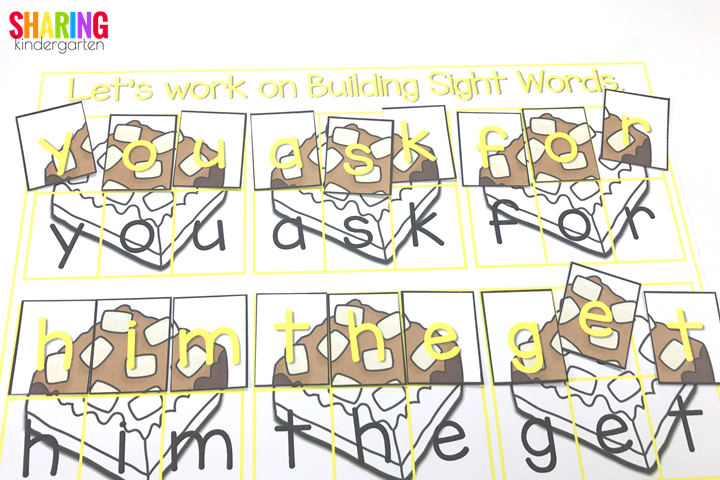
Building Sight Words
Another huge skill we work on is building sight word knowledge. Reading sight words is awesome, but if you teach your students to build sight words you teach them so much more. I looked at the three letter and four letter sight words in the book. I created color coordinated mats and pieces so your students (and mine!) and build the sight words from the book. I hope you can see how the top row in this picture are actually smaller brownie pieces put together to create the sight word that is given below it.
There are actually three mats using three letter sight words. Each of these mats holds 6 words. There are another 4 mats using four letter sight words. Each of these mats holds 4 words. All the brownie pieces are color coordinated to match the border color.
And you can also mix and match these sight word cards. You can easily cut apart the mats with the words you are working on only.
If You Give a Mouse a Brownie Math Extensions
Although it seems like this book is only perfect for teaching literacy skills, it is so much fun to use one book to go cross curricular and integrate math skills as well. Let me show you some ways to include a literacy theme into math activities.
These are the printables for one of my favorite activities, Fill the Ten Frame. We take the provided inserts and put them into a pocket chart dice called learning cubes. We roll the die and fill in one square on the ten frame to try to fill in the ten frame. Once the first ten frame gets filled, the game is over because that object won! Students write in the total for each item in the box provided. There are two differentiated versions of this game. One asks the students to fill in the ten frame while the other asks them to write in the number to fill in the ten frame.
Another FUN activity is this measuring height themed game. There are 8 images from the story, complete with a green line to indicate where to start measuring and a red line to show where to stop measuring. You also get a “ticket” ruler to keep with the theme of this fun book.
This is how you measure each piece.
There are three differentiated response sheets to choose from. One response sheet asks you to tell how many tickets high each object is. Another response sheet asks fro the student to tell you if the object is heavy or light. The last response sheet asks students to do BOTH measure the height and predict if the object is heavy or light.
As a newbie to math journals, I am loving it! I can’t believe I waited so long to jump into them! I knew I had to start creating some simple journal prompts to this unit. I created three types of prompts, all with leveled learning. Here is one example from the math journals. I like for them to turn their pages to the side so we can create a number line.
This is a leveled set using graphs and number sense. They have the same prompt, but just with different numbers.
And the last entry in journals uses money and adding. You can cut out any part of this you do not want your students to complete. You can also make it more of a challenge by removing the penny counting helper section.
I would love to tell you this is all that is in this ONE unit, but here is more activities that I didn’t take pictures of as well.
So you will get a TON of activities based on this one great book! Think Sub Tubs as well! You will have plenty of quality work to keep little ones happily learning.
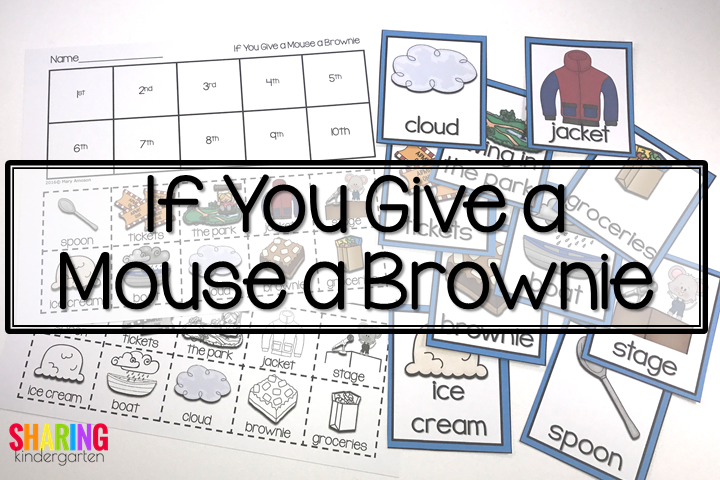
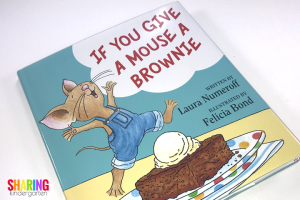
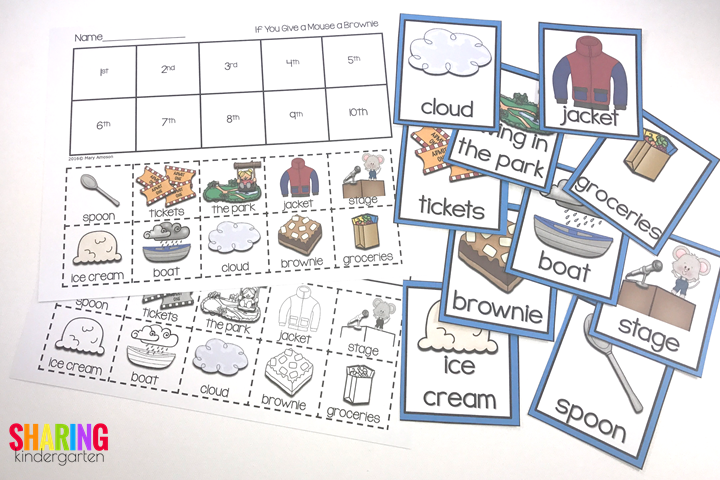
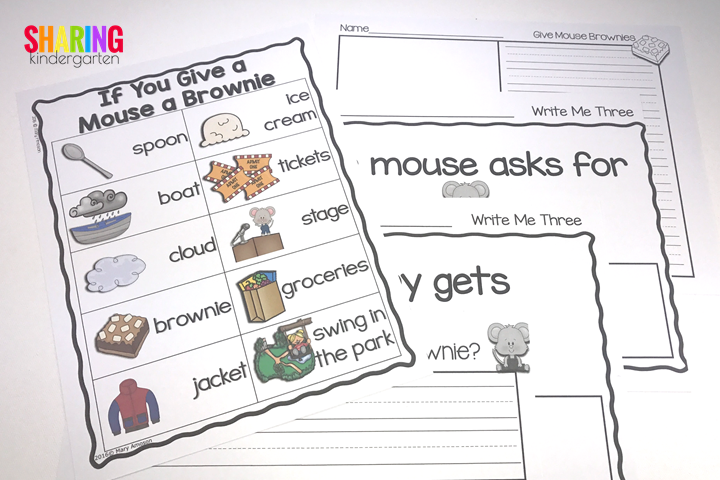
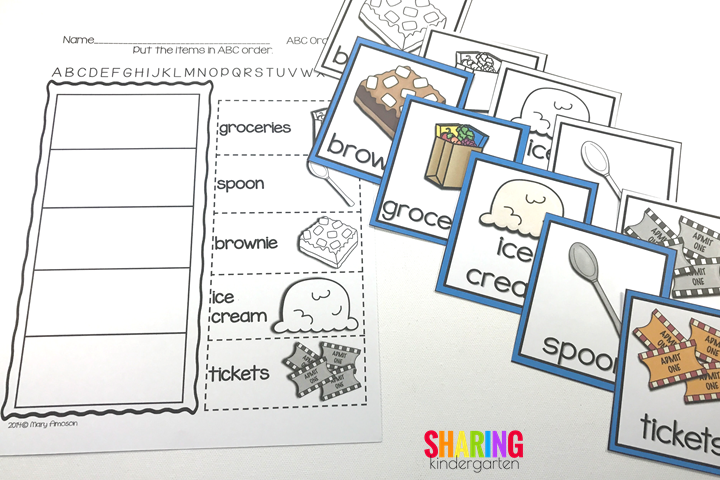
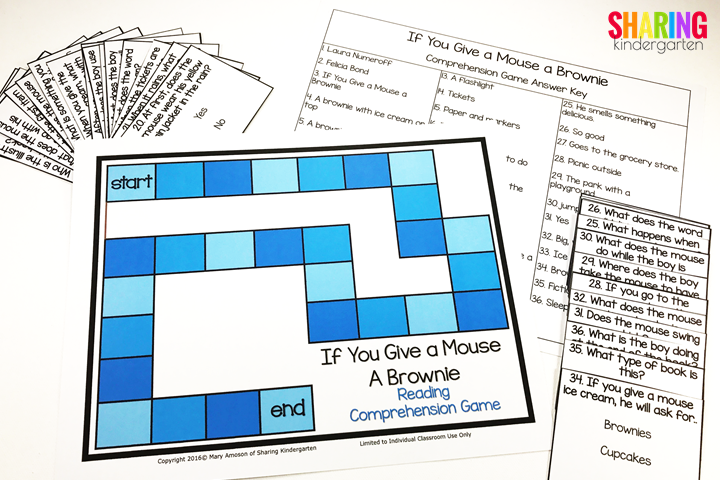
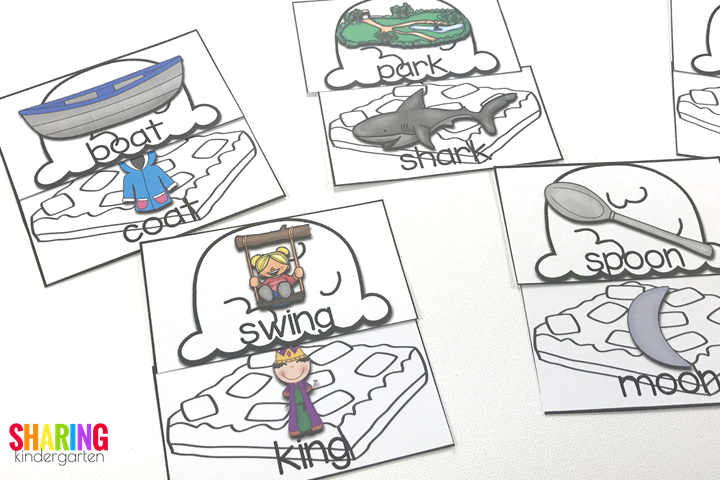
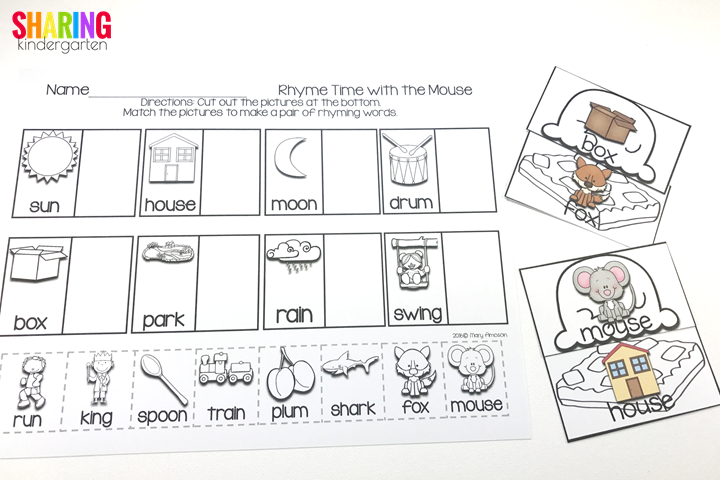
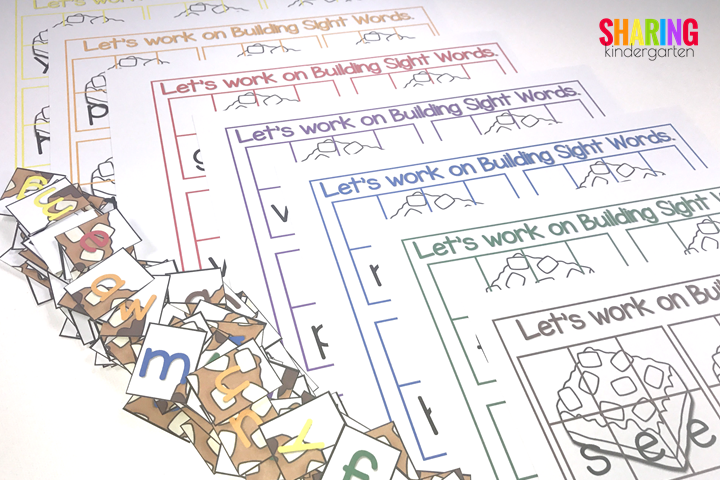

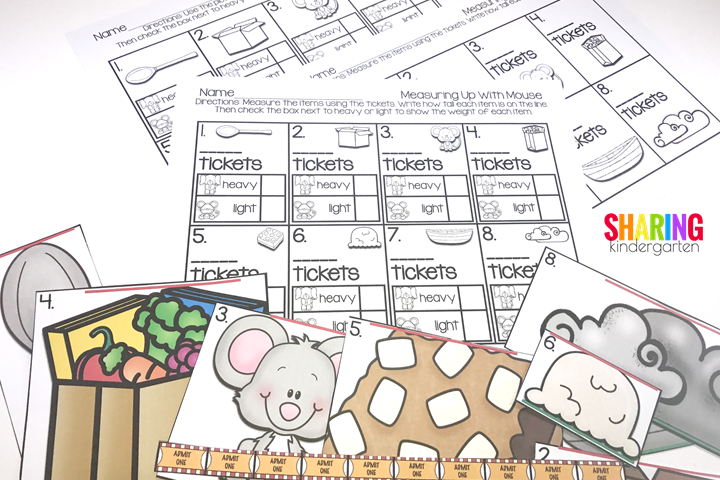
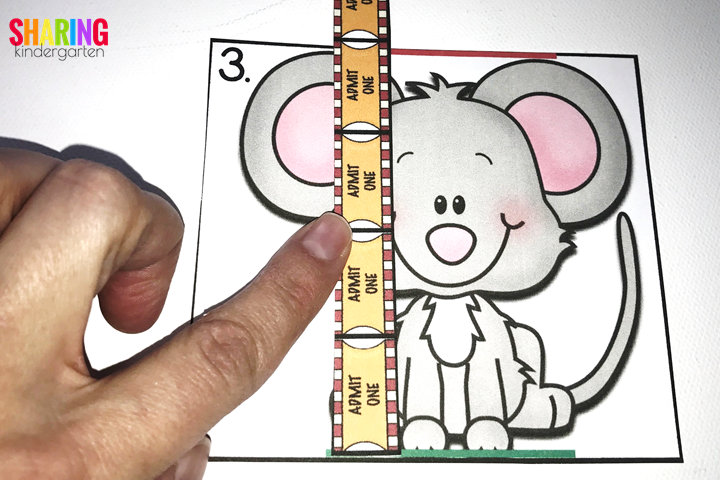

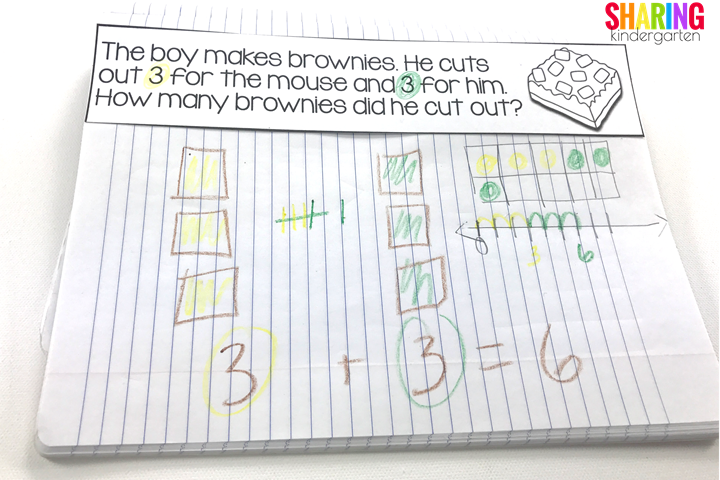
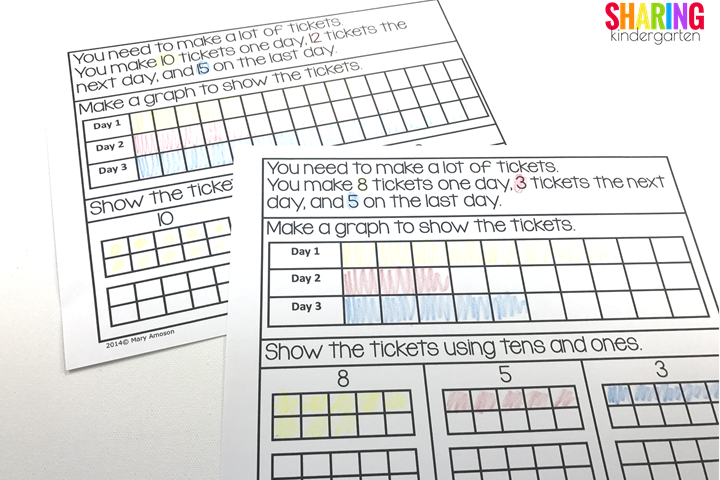
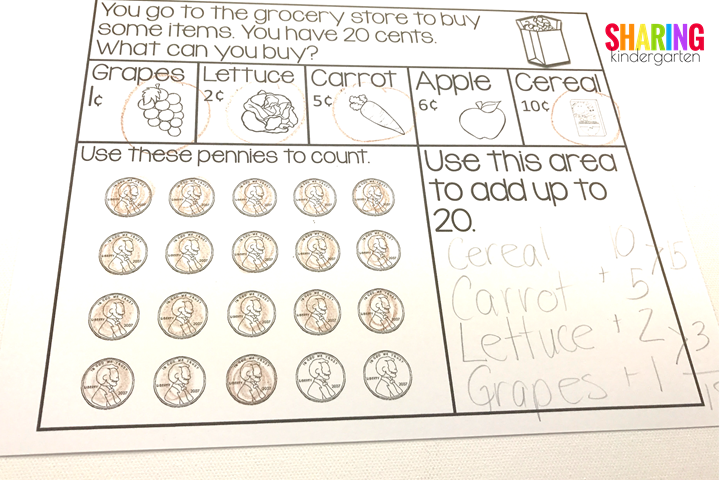

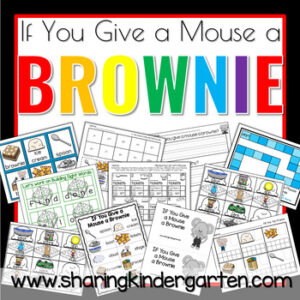
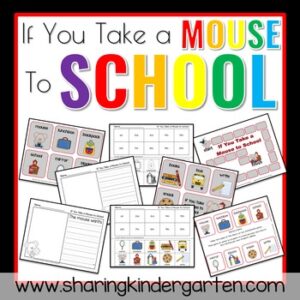
Leave a Reply